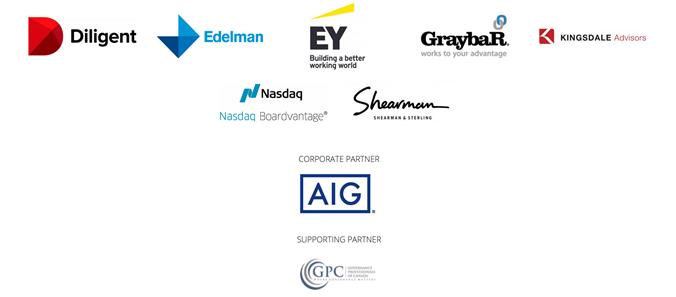Companies have welcomed tools such as Zoom and Microsoft Teams during the Covid-19 crisis, but some are beginning to look at alternatives because of a growing sense of videoconferencing ennui.
Resistance has emerged as some governance teams, boards and investors have tired of seeing themselves in screen, according to several panelists at the Corporate Secretary Forum last week.
‘Zoom fatigue has been a tough swallow here,’ said Caroline Koster, corporate secretary and chief counsel at BGC Partners and corporate secretary at Newmark Group. ‘It has been hard for the engagement level so I think we’re fighting some of that with the old-fashioned telephone. In many ways we’re flipping to the anti-technology from time to time. I’m finding I’m spending more time on the phone just connecting with people.’
STREAMLINED APPROACH
The adoption of technology tools during the pandemic has enabled companies to streamline the way they operate from the board level on down.
For example, directors at many companies have in recent months held multiple short, targeted discussions in addition to quarterly meetings to stay on top of the pandemic in real time. But corporate secretaries report having to find a balance between lengthy videoconferencing sessions and shorter meetings, leading them to take a close look at agendas to make the most of the available time.
‘The virus in this environment had a very real impact on the operating rhythm of board meetings and also management meetings,’ said Lopa Zielinski, HSBC US executive vice president, corporate secretary and head of governance, at the forum.
‘There are many scheduled reports, functional reports – report-outs, if you will. We’ve taken a view to including those documents in the materials so the board is still getting the necessary communication, but at the same time now only escalating key matters for discussion.’
Zielinski said she believes the slimmed-down approach is sustainable and will drive better-informed decision-making in the boardroom.
Matt Geekie, senior vice president, secretary and general counsel at Graybar, is preparing for a board meeting this December. ‘Everyone was so eager to get together in one city. Hotel reservations were made, and it just got kiboshed,’ he said at the forum. ‘I think we’re going to use a phone, an old-fashioned phone system – two cans and a string, almost! – for that board meeting… I am sure we’re going to ricochet right back to full Teams, or Zoom, or whatever the medium may be. But it’s an interesting ride here for a while.’
POWERPOINT PAUSE
Although some companies assess the efficacy of virtual board meetings, others are using the nature of online meetings to pivot away from PowerPoint presentations back to old-school memos.
New York-based Voya Financial, for example, asked some of its senior management to send around quarterly, state-of-the-union style essays before meetings rather than rely on PowerPoint during virtual roundtables. The memos are more time-consuming to draft, but they give directors an opportunity to formulate questions ahead of board gatherings.
‘When you actually write a memo, you have to write prose and you have to make a point,’ said Jean Weng, another forum panelist and Voya senior vice president, deputy general counsel and corporate secretary. ‘And I think those white papers have been very popular with directors because for one, they are complete thoughts, and they really give you a sense of – from a finance standpoint or from a technology standpoint – the highlights and the lowlights for the quarter.’
The days of high-speed laser printers firing out slick graphics, lengthy contracts and research papers may also be on pause.
‘I don’t know about you, but I’m not printing,’ Koster told the audience. ‘I’ve probably printed only about 200 or 300 pages over the course of months. I do when I go to the office, but at home it is just not happening.’
In lieu of a printed copy, Koster now relies on other team members to ensure PDFs or other online documents are proofread and checked. ‘I’ve asked to have a second set of people just to look at everything,’ she explained. ‘To do the old-fashioned technology of the eyeball.’









